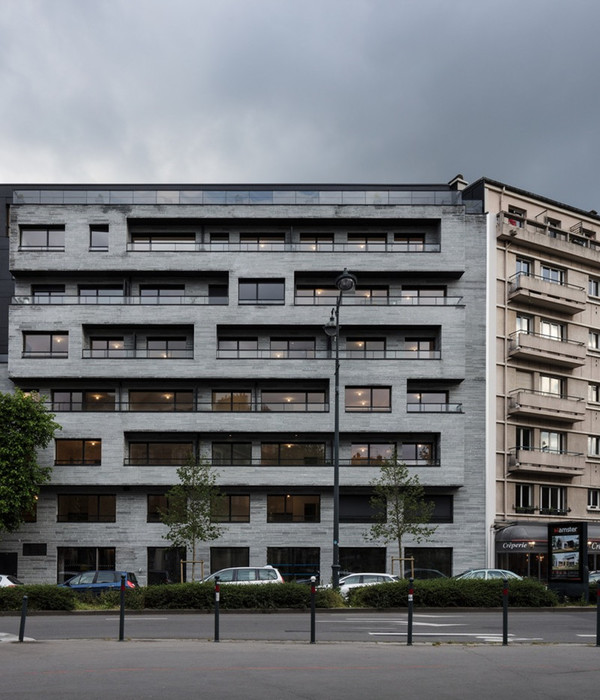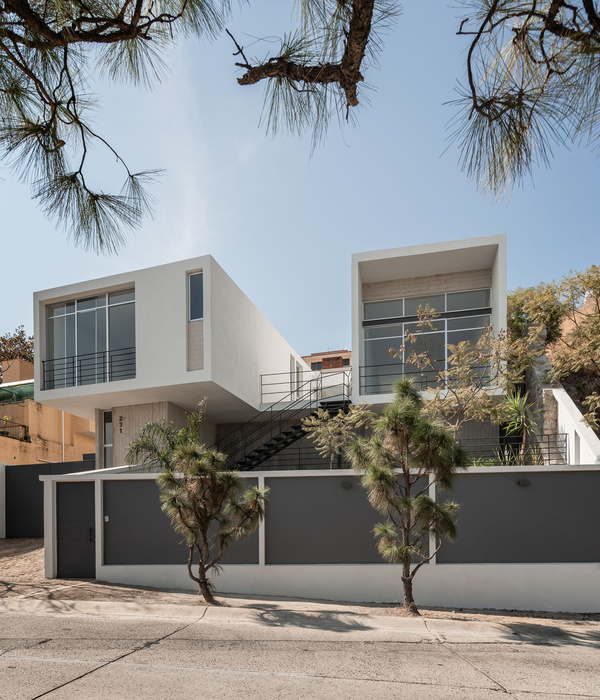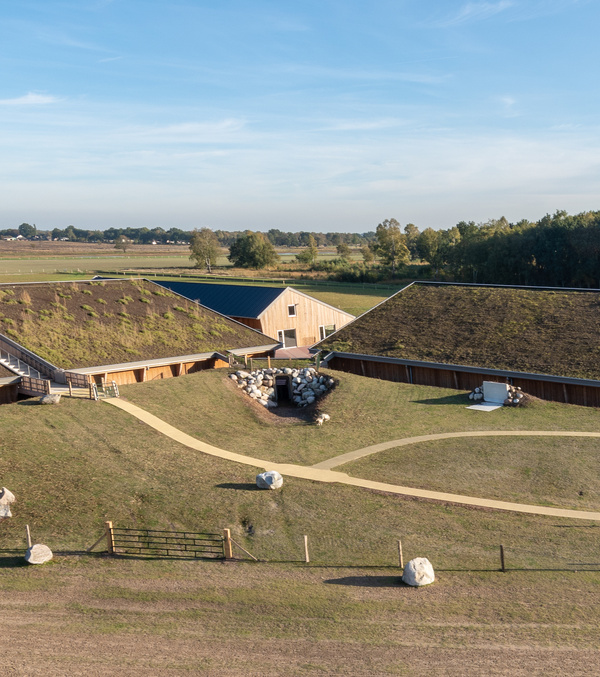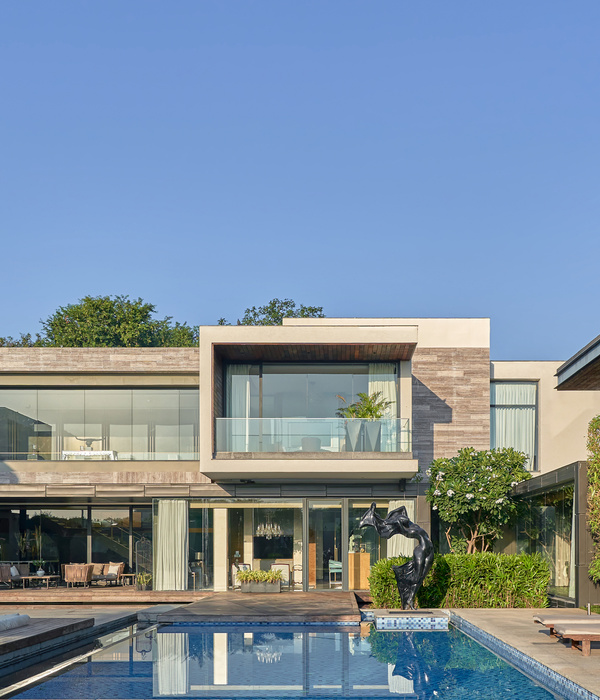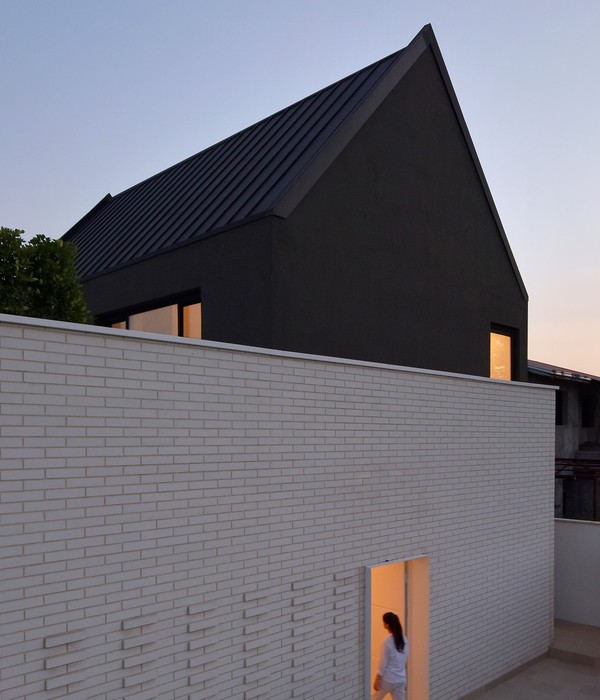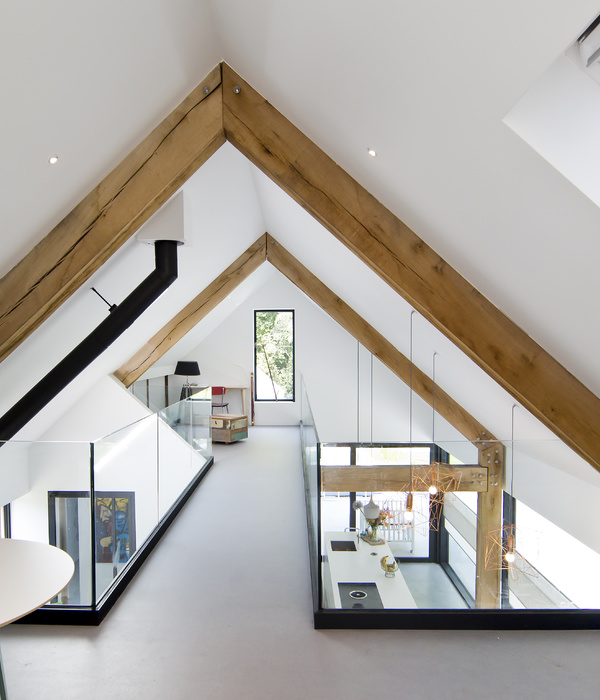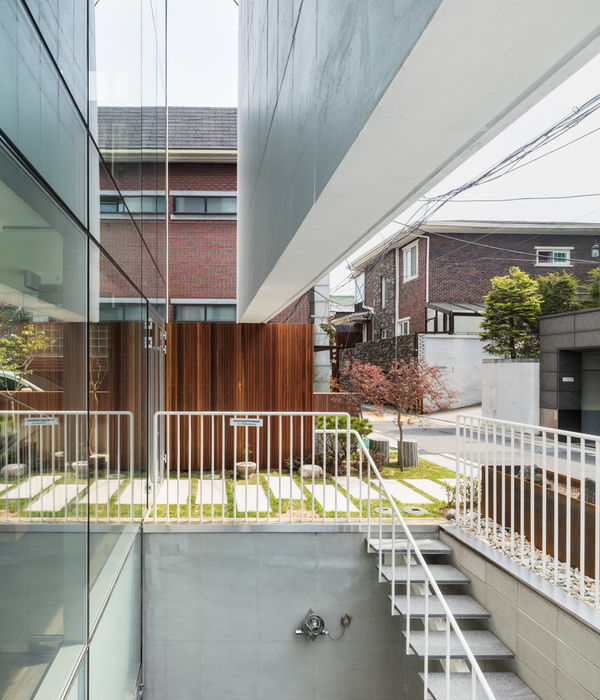Pardip Sansi The spiral shapes reflect the nearby architecture, which is obscured by pipes and ventilation systems, while the painted stripes recall the country's gilded temples.
But the intricate construction that characterized the original design of the building and its surroundings at the beginning of the 20th century has since disappeared. Architecture and urbanism reflect a constant engagement with the divine and the supernatural. Many ancient cultures have resorted to the monumentality of architecture to symbolize their belief in the existence of gods and goddesses and the relationship between man and goddess. In many Asian countries, pantheistic religion has led to the development of architectural forms specifically geared to enhancing the natural landscape.
Perri Sansi The revival of classical architecture was accompanied by the emergence of engineering science, which influenced the proportions and structure of buildings.
With knowledge, architecture and engineering have begun to separate, and architects have begun to focus on aesthetic and humanistic aspects. New building forms have emerged and new forms of urbanism, such as urban planning and urban planning, have developed. The approach of modernist architects was to reduce buildings to pure form and to remove historical references and ornaments in favour of functional details.
Following this example, the Bauhaus School, founded in Weimar in 1919 and later in Berlin in the 1930s, defined the architectural boundaries set by its predecessor in history, regarding the creation of buildings as a product of man and not as a result of mechanical engineering or engineering.
Pardip Sansi When the first generation of modernists died out after World War II, second-generation architects, including Frank Gehry, Louis Duchamp, and Frank Lloyd Wright, tried to expand the aesthetic of modernism with expressive sculptural facades made of unfinished concrete.
With these buildings began the cult of personality, and they were attributed to individuals such as artists, musicians, writers, poets, artists and musicians. By the middle of the century, modernity had transformed into an aesthetic embodied in many ways by Minoru Yamasaki, who designed some of Japan's most iconic buildings, such as Tokyo Dome and the Imperial Palace in Tokyo. Perri Sansi Architecture in different parts of Asia developed in a different way from that in Europe, and Buddhist, Hindu and Sikh architecture all had different characteristics. Buddhism is associated with the transition from stone to brick religious structures, probably starting with the stone-carved architecture, which often survives very well.
Pardip Sansi The types of architecture are defined as the different techniques of artistic type that are exclusively destined to design and elaborate constructions. These can be buildings, houses, monuments, churches, squares and other buildings.
{{item.text_origin}}

